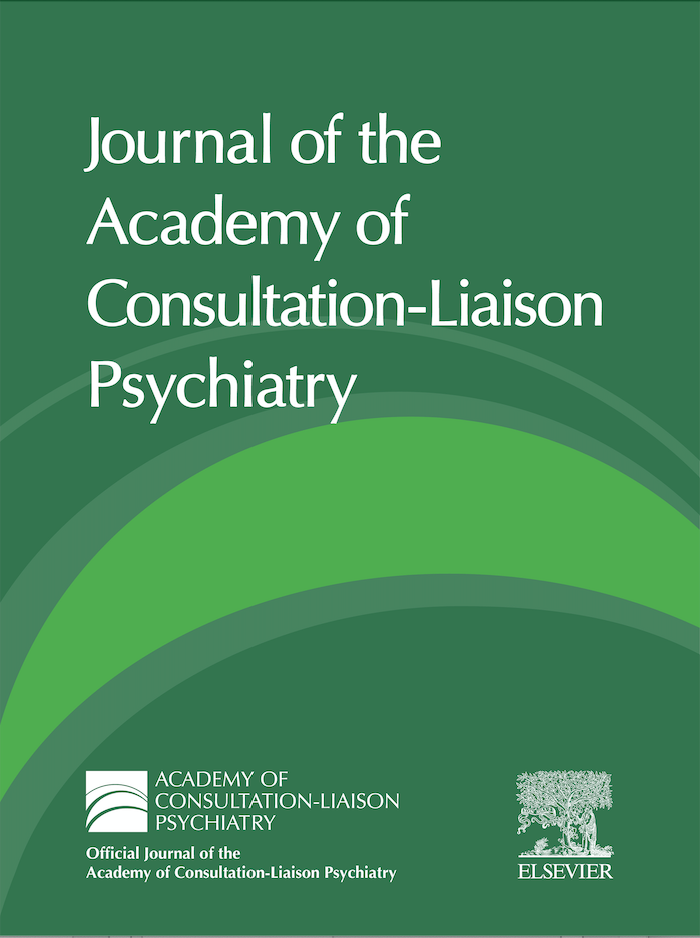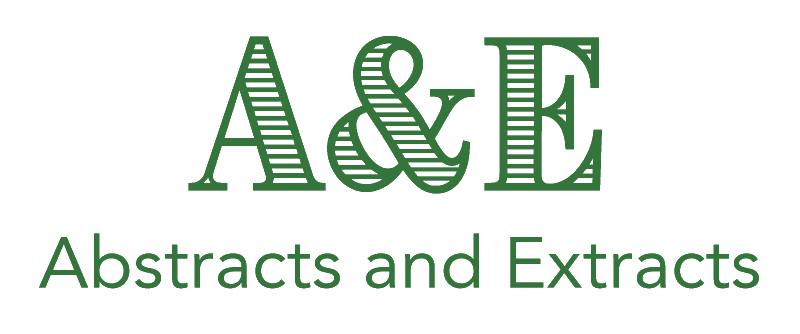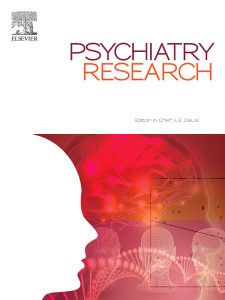Research: Being Trapped and Seeing No Way Out—Effects of Entrapment on Treatment Outcome in an Interdisciplinary Pain Treatment
Authors: Larissa Bläettler, et al.
Abstract/Extract: The authors, from Switzerland and Argentina, describe how they identified entrapment, and its decrease, as important statistical predictors of outcome in the treatment of chronic pain.
They say the feeling of entrapment often arises in the context of uncontrollable and/or chronic stress and is associated with various psychopathologies. Chronic pain patients may experience their situation as unremitting and inescapable.
Their study was of 189 patients with a chronic pain disorder where psychological factors played a decisive role in its severity, exacerbation, and maintenance.
Through treatment, significantly reduced levels of entrapment were observed, associated with decreases in psychological distress and pain-related interference at discharge.
Importance: In most cases, chronic pain does not occur in isolation, but is associated with various physical and psychiatric comorbidities. With a prevalence of 20-50%, depression is the most common comorbid mental disorder in chronic pain patients. Suicidality is also prevalent; approximately 20% have suicidal thoughts and 5-14% make suicide attempts.
Entrapment seems to play an influential role among different mental disorders and may be an important risk factor for future suicide attempts. The authors describe how, in a sample of patients who had previously attempted suicide, entrapment and the number of previous suicide attempts were the only significant multivariate predictors of re-hospitalization for self-injury over a period of four years, even after controlling for suicidal ideation, depression, and hopelessness.
Given the high comorbidity of chronic pain and depression, and increased suicidality associated with both, it is reasonable to expect entrapment to play an important role in psychopathology and treatment of chronic pain. “However, to our knowledge, entrapment has not been [comprehensively] investigated in chronic pain yet,” say the authors.
Availability: Pre-publication in the Journal of the Academy of Consultation-Liaison Psychiatry (JACLP).





